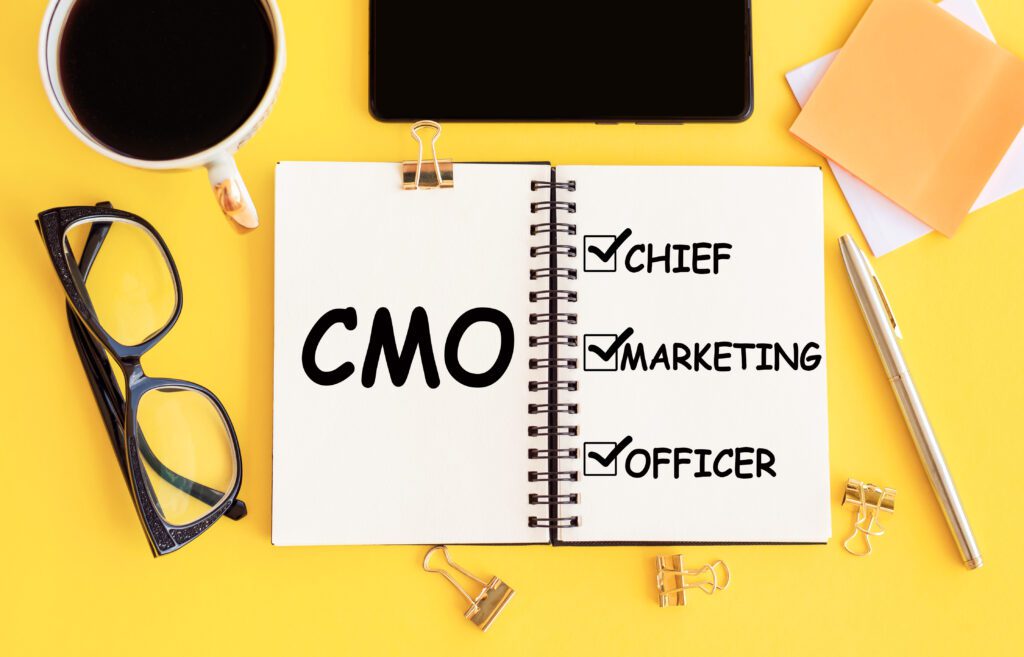With a surge in both supply AND demand, cybersecurity companies are now competing fiercely for the attention of potential clients. Staying in the know about current and up-and-coming cybersecurity marketing trends will not only keep you in the game but keep you in the top tier of cybersecurity agencies. In this article, we’ll highlight the marketing trends that are shaping the future of the dynamic cybersecurity industry. From harnessing the power of AI to adopting a more proactive approach, these emerging strategies are helping cybersecurity agencies stand out in a crowded marketplace. Understanding these trends is essential to navigate the exciting future of cybersecurity advertising. So, let’s dive in and explore what lies ahead.
The Evolution of Cybersecurity Advertising: Navigating a Changing Landscape
Cybersecurity advertising isn’t what it used to be. You need more than cutting-edge solutions; you need to effectively convey your value to a discerning audience. At Site Hub, we understand the significance of staying ahead of the curve, especially in an industry as critical as cybersecurity. Our mission is to empower cybersecurity agencies with the latest marketing strategies, ensuring that their message reaches the right audience. These trends aren’t merely speculative; they’re the result of ongoing shifts in consumer behavior, technological advancements, and responses to the cybersecurity industry’s unique challenges. As technology evolves, so do the tactics used to promote cybersecurity services. Here are 5 key trends that are defining the future of cybersecurity advertising:
Trend 1: Think Beyond Technical Jargon – Layman’s Terms Sells
In the past, cybersecurity advertising often relied heavily on technical jargon and complex terminology. While this approach aimed to establish credibility, it also created a barrier for non-technical decision-makers. Today, the trend shifts towards using clear and concise communication in ad copy, infographics, email marketing, and social media. There is absolutely a place to establish credibility with your use of technical jargon – your website, white papers, and industry-specific marketing (ie. Thought Leadership). However, Cybersecurity agencies are recognizing that to win over clients effectively, they must convey the benefits of their solutions in more accessible language. This involves using terms that resonate with business leaders who may not have an in-depth understanding of cybersecurity.
Trend 2: The Importance of Compelling Visual Content
Visual content is becoming increasingly influential in cybersecurity advertising. Threats in the digital realm are often abstract and invisible, making it challenging for clients to grasp the magnitude of the risks they face. Visual content, such as infographics, animations, and simulations, allows cybersecurity agencies to illustrate complex concepts in an engaging and digestible format. It’s a powerful tool for conveying the value of security solutions and demonstrating how they work in action.
Trend 3: Thought Leadership Content – Establishing Trust through Expertise
Trust is paramount in the cybersecurity industry. To establish trust and boost credibility, cybersecurity agencies are increasingly turning to thought leadership content. Thought leadership involves the creation of whitepapers, blog posts, webinars, and podcasts that showcase their industry insights, knowledge, and forward-thinking approaches. Thought leadership not only positions agencies as experts but also keeps clients informed about the latest threats and trends.
Trend 4: Hyper-Personalization – Targeting the Right Audience
Gone are the days of one-size-fits-all marketing. Cybersecurity agencies are recognizing the importance of hyper-personalization in their advertising efforts. Tailoring messages to specific industries, niches, and even individual clients is becoming the norm. This can include contextual advertising, account-based advertising, and more. By demonstrating a deep understanding of a client’s unique challenges and needs, cybersecurity agencies can create a more compelling case for their services.
Trend 5: The Power of AI in Cybersecurity Marketing
We’ve already seen how AI can empower agencies to enhance threat detection and response, providing clients with more robust protection against evolving cyber threats. AI can also be a powerful marketing tool. AI can help create marketing content and AI-driven analytics can provide valuable insights into client behavior and emerging trends, enabling agencies to craft hyper-personalized marketing strategies that resonate with their audience.
Site Hub – Your Partner in Navigating the Future of Cybersecurity Advertising
The future of cybersecurity advertising is dynamic and ever-evolving. Staying ahead of these trends requires a forward-thinking approach, creativity, and a deep understanding of the cybersecurity landscape. At Site Hub, we specialize in helping cybersecurity agencies adapt to these changes seamlessly. Our focus on custom website design, digital advertising, web design, and search marketing empowers agencies to effectively communicate their value to a discerning audience. By leveraging our expertise, agencies can position themselves as industry leaders and connect with clients in a meaningful way.
As the digital world continues to evolve, the role of cybersecurity will only become more critical. The trends highlighted here provide a roadmap for cybersecurity agencies looking to thrive in this dynamic landscape. If you’re ready to embrace the future of cybersecurity advertising, Site Hub is here to guide you every step of the way. Reach out to us today, and let’s embark on this exciting journey together.
FAQs
What is the significance of plain language communication in cybersecurity advertising?
Plain language communication in cybersecurity advertising is significant because it ensures that your message is accessible to a broader audience. Not all decision-makers in businesses possess a deep understanding of technical cybersecurity terminology. By using plain language, cybersecurity agencies can effectively communicate the value of their services to individuals who may not have a technical background. This approach simplifies complex concepts, making them easier to grasp and increasing the likelihood of engagement.
How does visual content enhance the effectiveness of cybersecurity advertising?
Visual content, such as infographics, animations, and simulations, enhances the effectiveness of cybersecurity advertising in several ways. Firstly, it helps in simplifying complex technical concepts. Cybersecurity threats are often abstract and invisible, making them challenging to explain. Visual content allows agencies to visually represent these threats, making them more understandable to clients. Secondly, it engages the audience. Visual elements capture attention and hold it longer than text alone. This increased engagement can lead to better retention of information and a higher likelihood of taking desired actions, such as reaching out to the cybersecurity agency for services.
Why is thought leadership content crucial for building trust in the cybersecurity industry?
Thought leadership content is crucial for building trust in the cybersecurity industry because it establishes an agency as an expert and industry authority. Trust is paramount in cybersecurity, as clients need confidence that their chosen agency can protect their digital assets effectively. Thought leadership content, such as whitepapers, blog posts, webinars, and podcasts, showcases an agency’s in-depth knowledge and forward-thinking approaches. This not only positions the agency as an expert but also keeps clients informed about the latest threats and trends, further strengthening their trust.
What is hyper-personalization, and how does it benefit cybersecurity advertising efforts?
Hyper-personalization is the practice of tailoring marketing messages and content to specific industries, niches, or even individual clients. It benefits cybersecurity advertising efforts by making messages highly relevant to the recipient. This approach demonstrates a deep understanding of the client’s unique challenges and needs, increasing the appeal of the agency’s services. Hyper-personalization leads to more meaningful and engaging interactions, higher conversion rates, and stronger client relationships.
How can AI enhance cybersecurity marketing efforts?
AI can significantly boost cybersecurity marketing by offering advanced capabilities in several areas. Firstly, AI-powered analytics can provide deep insights into customer behavior, enabling agencies to tailor their marketing strategies more effectively. Secondly, AI-driven threat detection and response systems can help agencies stay ahead of cyber threats, which is crucial for building trust with clients. Additionally, AI can automate routine marketing tasks, freeing up time for marketers to focus on strategic initiatives. Ultimately, AI isn’t just a trend; it’s a game-changer in the cybersecurity marketing landscape, offering improved customer engagement, threat protection, and operational efficiency.



